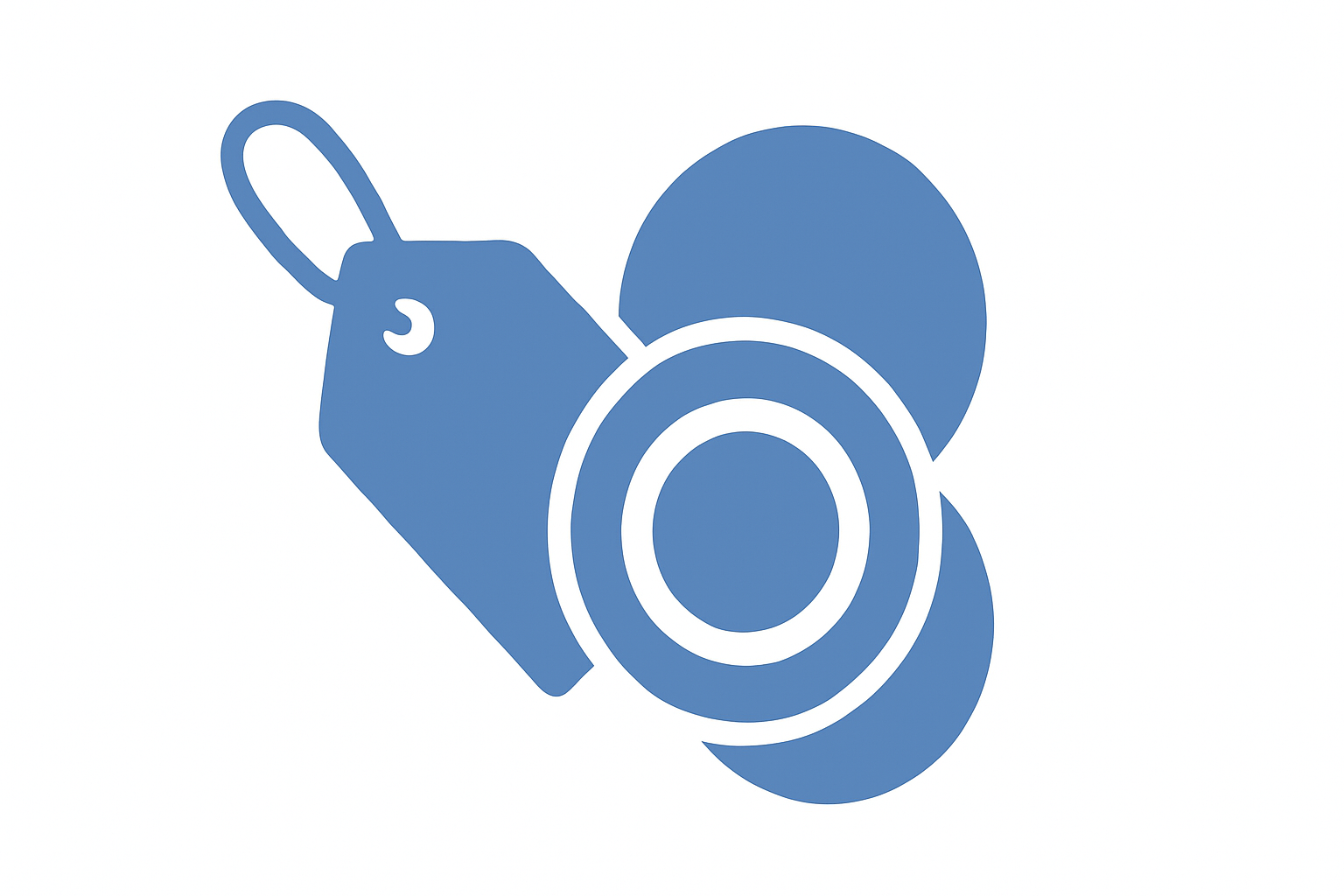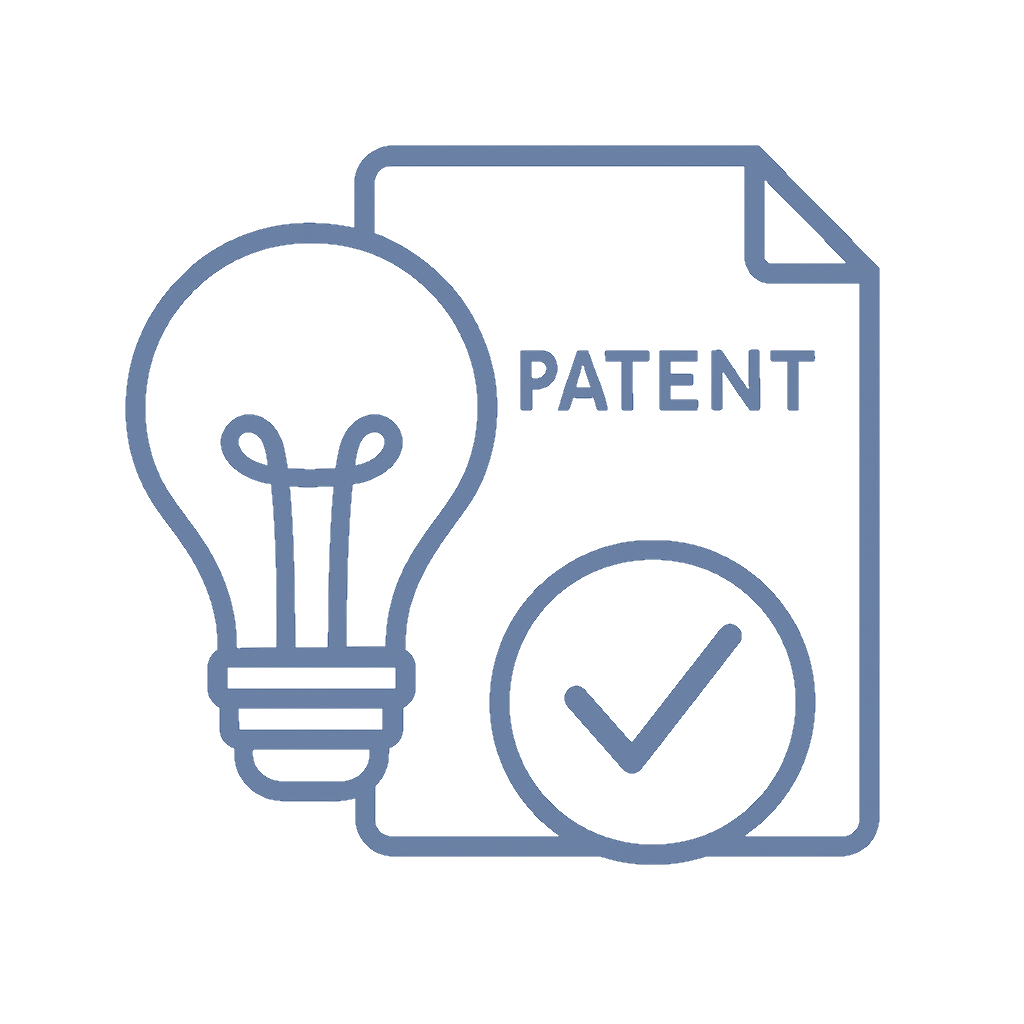Quick Overview
Quick Answer:
Yes, you can trademark a favicon, but only if it functions as a brand identifier and is distinct enough to qualify for trademark protection.
Quick Summary:
Your website’s favicon—the tiny icon in browser tabs—might seem insignificant, but it plays a vital role in brand identity. If your favicon is unique and directly linked to your brand, trademarking it could be a smart move. But is it worth the hassle? Let's break down the legal, practical, and business aspects of protecting your favicon.
Common Questions & Answers
🔹 Can a favicon be trademarked?
Yes, but only if it functions as a recognizable symbol of your brand and meets trademark distinctiveness requirements.
🔹 Why would you trademark a favicon?
Trademarking prevents competitors from using a similar favicon, helping protect your online brand identity.
🔹 What are the risks of not trademarking your favicon?
A competitor could create a similar favicon, leading to brand confusion and potential loss of web traffic.
🔹 Does a favicon trademark protect other parts of my brand?
No, it only protects the specific favicon design, not the website name, logo, or other branding elements.
🔹 Is the process different from a standard logo trademark?
The process is similar, but you must prove the favicon is actively used as a brand identifier.
![]()
Step-by-Step Guide to Trademarking Your Favicon
1. Ensure Your Favicon Is Distinctive
A generic image won’t qualify. Your favicon should be unique and directly associated with your brand.
2. Conduct a Trademark Search
Before filing, check the USPTO database (or your country’s equivalent) to avoid conflicts with existing trademarks.
3. Use Your Favicon in Commerce
To qualify for a trademark, your favicon must be actively used to represent your brand in business operations.
4. File a Trademark Application
Submit your application through the USPTO (or equivalent authority), including a clear representation of the favicon and its usage.
5. Wait for Review and Approval
The trademark office will examine your application, and if no objections arise, your favicon can be registered.
6. Maintain and Renew Your Trademark
Regular renewals ensure continued protection. Failing to renew could lead to loss of trademark rights.
Historical Context: Tiny Icons with Big Impact
Favicons originated in 1999 when Microsoft introduced them in Internet Explorer. Initially, they were just visual markers for bookmarked websites, but over time, they became integral to brand identity. Today, companies like Apple, Google, and Microsoft use them as key branding tools, making trademark protection a logical next step for businesses that prioritize digital branding.
Interestingly, early internet branding was more focused on domain names and logos. However, as online competition intensified, the demand for distinctive brand elements—like favicons—grew. The first trademarked favicons appeared in the late 2000s, highlighting the evolving landscape of digital intellectual property.
![]()
Business Competition Examples
🔹 Twitter’s Icon Evolution
Twitter’s favicon changed multiple times before settling on the iconic blue bird, which is now a registered trademark.
🔹 Apple’s Safeguarded Branding
Apple has trademarked its favicon as part of its broader IP protection strategy, preventing imitators from using similar designs.
🔹 Google’s Dynamic Favicons
Google has updated its favicon over the years, ensuring that each iteration maintains strong brand association and legal protection.
🔹 Meta’s Legal Battles
Facebook (now Meta) has taken legal action against lookalike favicons to prevent brand confusion.
![]()
Discussion: Is Trademarking a Favicon Necessary?
Some argue that trademarking a favicon is overkill—after all, it’s just a tiny image, right? However, for businesses that rely heavily on online presence, a favicon is more than just pixels—it’s a micro-logo that enhances brand recognition.
In an era where digital branding is crucial, competitors might create similar favicons to divert web traffic. Trademarking prevents this, ensuring brand integrity. However, the cost and effort of securing a trademark may not be justifiable for small businesses or websites with limited online exposure.
Ultimately, it depends on how critical your favicon is to your branding. If it's a core part of your identity—like the McDonald's golden arches or Nike’s swoosh—it’s worth protecting. If it’s just a generic shape or letter, the effort might not be necessary.
![]()
The Debate: To Trademark or Not to Trademark?
✅ Pro-Trademarking Argument:
- Brand Protection: Stops competitors from using a similar favicon.
- Legal Recourse: Allows businesses to take legal action against imitators.
- Stronger Brand Identity: Reinforces brand recognition in a digital space.
❌ Against Trademarking:
- Costly and Time-Consuming: Legal fees and the application process can be expensive.
- Limited Scope of Protection: Only protects the favicon itself, not the broader brand.
- Not Always Necessary: If your favicon isn’t unique, it may not be worth trademarking.
![]()
Takeaways
✅ You can trademark a favicon, but it must be distinct and used as a brand identifier.
✅ Trademarking protects against brand confusion and unauthorized use.
✅ The process is similar to logo trademarks but requires proof of active usage.
✅ For major brands, favicon trademarks reinforce brand identity.
✅ Small businesses should weigh the costs versus the benefits before filing.

Potential Business Hazards
⚠️ Brand Confusion: If another company adopts a similar favicon, your audience might be misled.
⚠️ Legal Disputes: Without a trademark, you may struggle to claim ownership in infringement cases.
⚠️ Rebranding Costs: If you need to change an unprotected favicon due to a dispute, it could cost time and money.
⚠️ False Security: A favicon trademark alone doesn’t protect your full brand—comprehensive branding strategies are essential.
![]()
Myths and Misconceptions
🚫 "A favicon is too small to be trademarked."
Size doesn’t matter—distinctiveness and brand association do.
🚫 "If I have a logo trademark, my favicon is automatically covered."
Not necessarily. If the favicon differs from your logo, it may require separate registration.
🚫 "No one cares about favicons."
Wrong! Companies invest heavily in favicon branding to maintain a consistent online presence.
🚫 "A copyright protects my favicon."
Copyright covers artistic expression, but trademarks protect branding elements.
![]()
Book & Podcast Recommendations
📖 "Building a StoryBrand" by Donald Miller
Great for understanding how branding elements—including favicons—play into business identity.
🎙️ "The Brand Gap" by Marty Neumeier
Explores the power of branding, including visual identity components like favicons.
📖 "Trademark: Legal Care for Your Business & Product Name" by Stephen Fishman
A legal guide to trademarks, useful for understanding favicon protection.
🎙️ "Business Wars" (Podcast by Wondery)
Covers brand competition and legal battles over intellectual property.
![]()
Legal Cases: Trademark Battles Over Favicons
1. Apple Inc. v. Prepear (2020)
🔗 Case URL: https://www.uspto.gov/trademark/trademark-trial-and-appeal-board
📌 Summary:
Apple opposed Prepear’s logo trademark, claiming it was too similar to Apple’s minimalist design. Although this wasn’t a direct favicon dispute, it highlighted how tech giants fiercely protect small brand identifiers.
⚖️ Relevance:
This case shows that companies will go to great lengths to protect even small visual elements of their brand. If a favicon resembles an existing brand's icon, a legal challenge could arise.
2. Google LLC v. Doodle Search (2019)
🔗 Case URL: https://ttabvue.uspto.gov/ttabvue/
📌 Summary:
Google took legal action against a smaller search engine called "Doodle Search" for using a favicon that closely resembled Google’s “G” logo, arguing that it caused consumer confusion.
⚖️ Relevance:
Google’s aggressive protection of its favicon illustrates how major companies see these tiny icons as integral to their brand identity. This case serves as a warning for businesses using similar favicons.
3. Facebook, Inc. v. Facezam (2017)
🔗 Case URL: https://www.wipo.int/amc/en/domains/
📌 Summary:
Facebook sued Facezam, an AI-based facial recognition startup, for using a favicon similar to Facebook’s. The case resulted in Facezam shutting down due to legal pressure.
⚖️ Relevance:
If your favicon is too similar to a major brand’s, you could face trademark disputes—even if your business operates in a different industry.
4. Twitter, Inc. v. X Social Media LLC (2023)
🔗 Case URL: https://www.uspto.gov/trademarks
📌 Summary:
After Twitter rebranded to "X," a marketing firm named X Social Media filed a lawsuit, claiming the new favicon and logo infringed on its existing trademark. The case raised questions about whether a favicon alone could create brand confusion.
⚖️ Relevance:
Favicons are small but can carry significant brand recognition. Even a single letter or symbol can spark legal disputes if it’s tied to a recognizable brand.

Share Your Expertise
Want to protect your favicon or other brand assets? Visit Inventive Unicorn for expert insights on trademarks, patents, and business branding.
![]()
Wrap Up
Favicons may be tiny, but their impact on brand identity is enormous. Whether you should trademark yours depends on your brand’s needs, risks, and long-term goals. If your favicon is a key brand asset, protecting it legally might just be a smart move.











